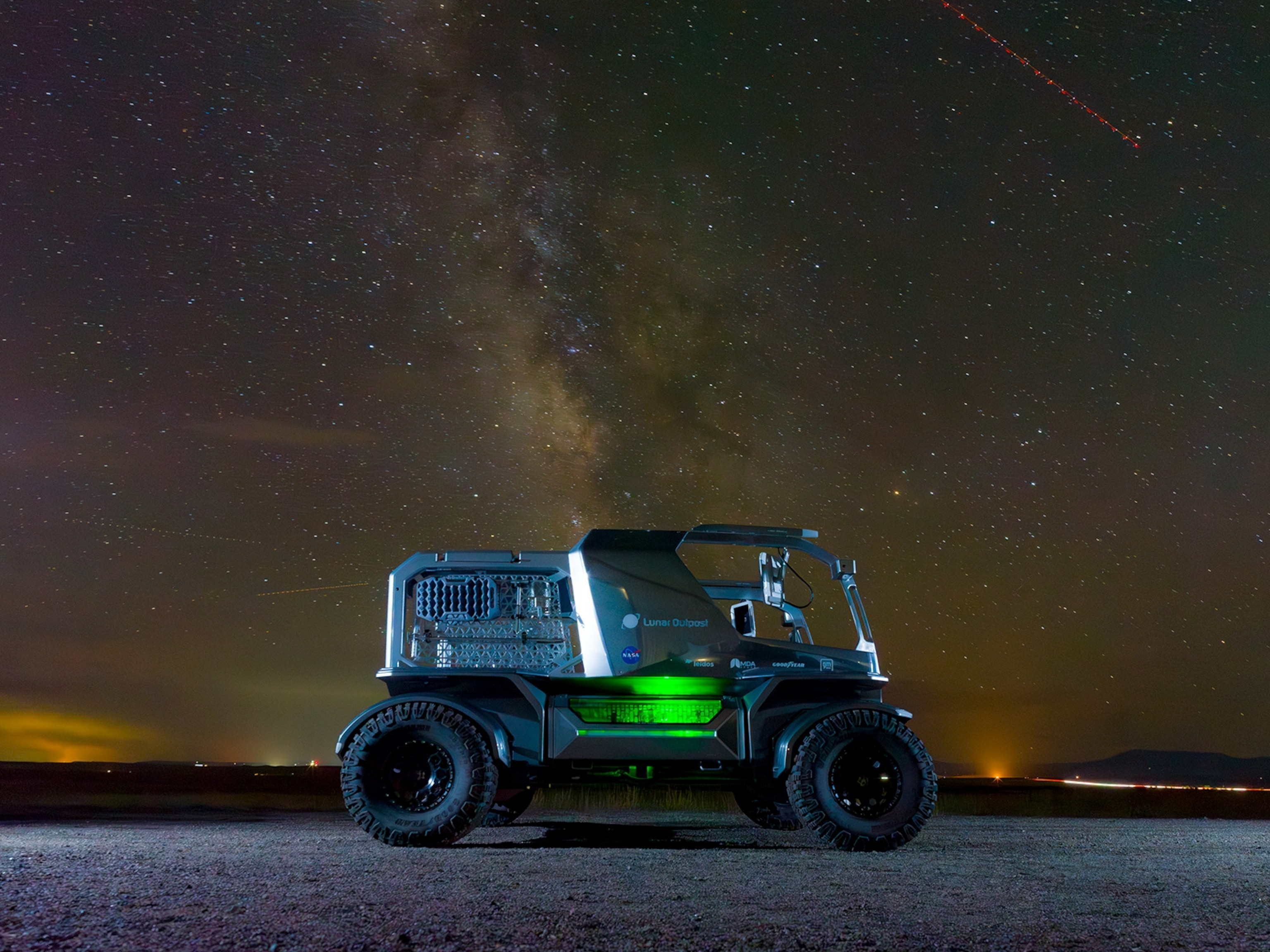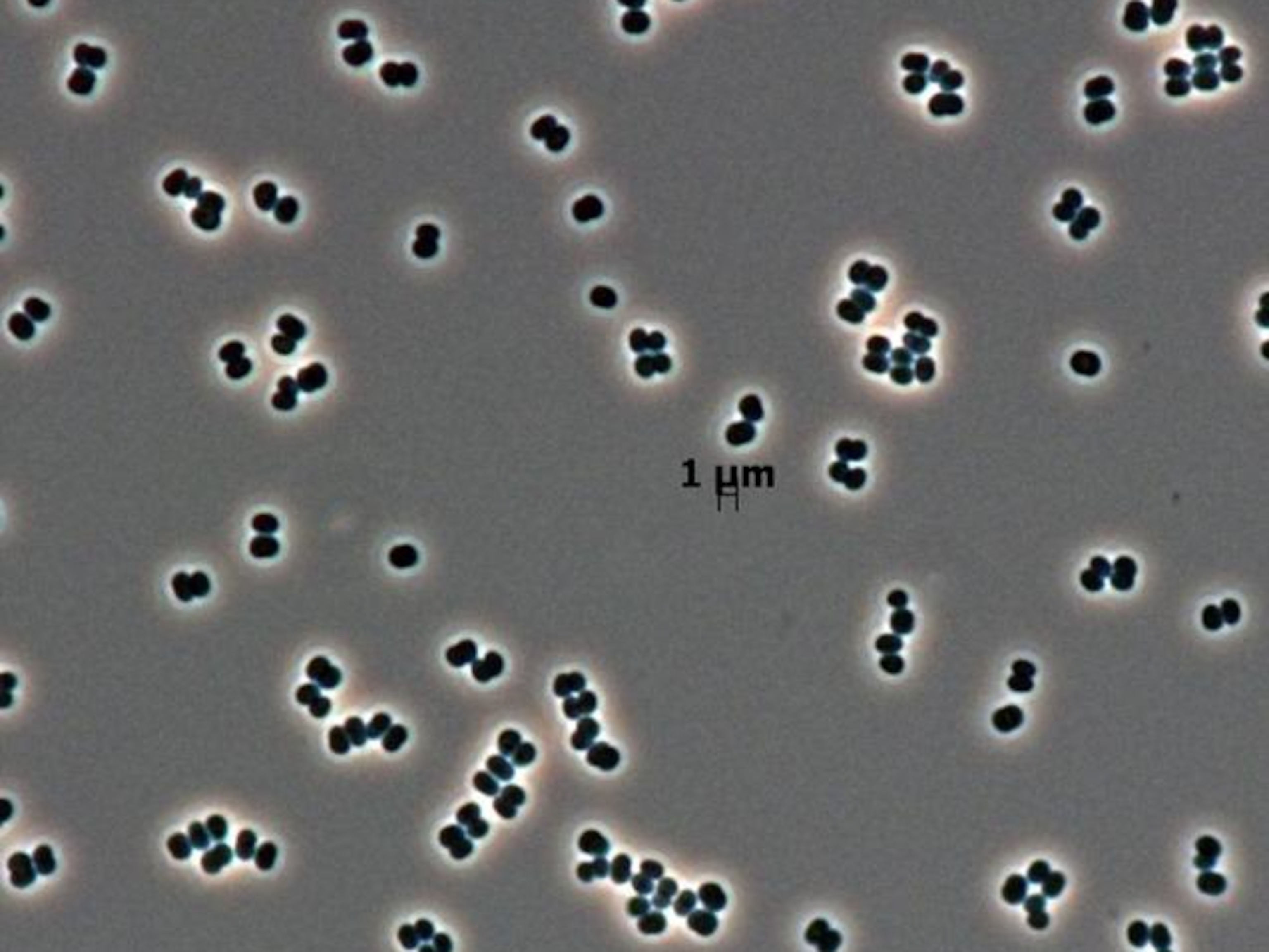
Dear Columbia: Apollo 11 astronaut Michael Collins says thanks
The mission's command module pilot pays tribute to the spacecraft that kept him company on the moon's far side.
Michael Collins flew in both the Gemini 10 and the Apollo 11 space missions in the 1960s. After retiring from NASA in 1970, he became director of the National Air and Space Museum until 1978, when he became undersecretary of the Smithsonian Institution. From 1982 to 2006, he served on the National Geographic Society's board of trustees. Collins died from cancer at age 90 on April 28, 2021. He contributed this essay to our "Dear Spacecraft" series in 2019.
Dear Apollo 11 Command Module,
May I still call you Columbia? I know you are still traveling, visiting museums now instead of zooming off to strange places, but before you get too complacent, I want to remind you of your humble origin. You were born in 1966 in Downey, California, and there I christened you. Gumdrop, one of your predecessors was called, but I bypassed your awkward, squashed-mushroom geometry and looked to your future, bobbing gracefully on the Pacific swells: indeed Columbia, Gem of the Ocean.


How well I remember nursing you along the assembly line, not an easy process as we labored past midnight through one arduous test after another to validate your credentials. I was proud of you and eager to climb on board, as we made frequent visits to Launch Pad 39A, Gateway to the Moon.
On the Big Day, with seven-and-a-half million pounds of thrust churning away beneath us, I feared for your fragility. But strong you were; you didn’t even pop a circuit breaker. You seemed to like leaving Earth better than sitting on the launch pad and were even smoother in space (well, except for Fuel Cell #3, but I did not consider it a failure, but simply a free spirit not to be regimented like #1 and #2).
Now that I have gotten rid of Neil Armstrong and Buzz Aldrin and sent them to frolic on the surface 60 miles below, the two of us can finally be alone. Please, another black coffee while I finish this tube of my favorite, the cream-of-chicken soup. And the thermostat, 76˚F. Good, very comfy here.
For whatever reason, perhaps some very slow news days, the press has taken to announcing that here I am, the loneliest man in the whole lonely universe, with an orbit so lonely that my loneliness exceeds that of all lonely souls before me. Ridiculous. How could I be lonely? You have me and I have you (plus the fuel cell), and that view out the window.
I think I’ll take a photograph of what truly does seem lonely, the tiny Earth. But wait. Bill Anders has already taken that picture on Apollo 8, so no point in wasting film on a duplicate.
Instead, I think in preparation for our return to Earth, I should commemorate your contribution, Columbia: a portrait, or some kind of artistic acknowledgement, perhaps a golden sheen on your heat shield, or nymphs dancing, or a moon rock embedded with a star sapphire. Not having any of those, here goes with my trusty old ballpoint pen:
Spacecraft 107, alias Apollo 11, alias “Columbia,” the finest ship to come down the line, God bless her. Michael Collins, CMP

This essay is an entry in our "Dear Spacecraft" series, where we ask writers, scientists, and astronomy enthusiasts to share why they feel personally connected to robotic space explorers.





